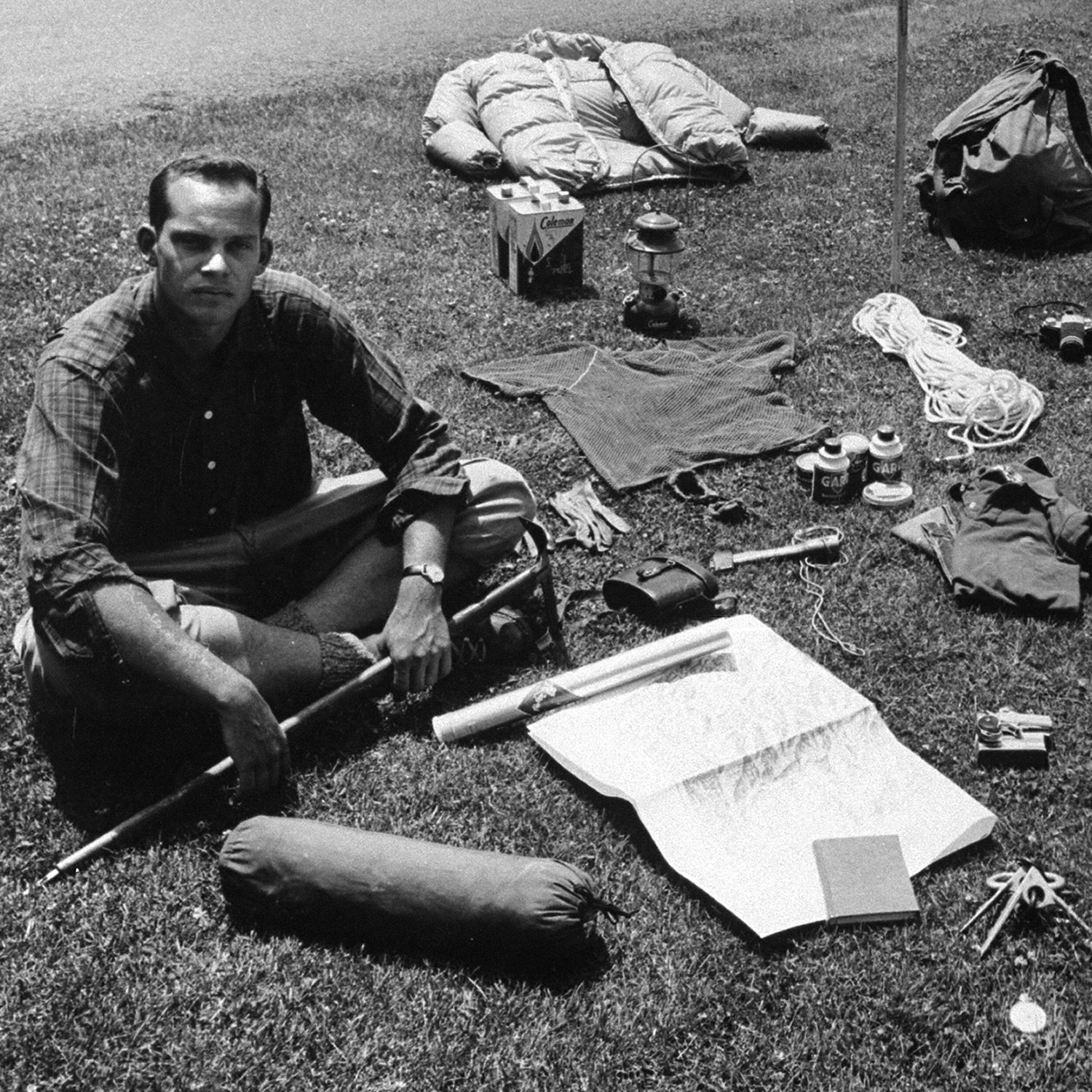There’s no official governing body, but there are some rules that have developed over time, codified by Teddy Keizer. Hikers need to ascend and descend at least 3,000 feet in elevation on their own for a summit to count, unless it’s a traverse. Climbers also need to use a GPS satellite tracker so others can track their route and verify that they topped out. Here’s an abbreviated look at the record over time.
1960
Cleve McCarthy climbs the 52 recognized 14ers in 52 days, setting the first speed record.

1980
Dick Walker drops that time to 18 days, 15 hours, 40 minutes.

1999
Andrew Hamilton sets his first speed record of 13 days, 22 hours, 48 minutes, which lasts less than one year.

1992–2000
A new crop of athletes, including Danelle Ballengee, adds support crews. The record gets broken a half-dozen times.

2000
Teddy “Cave Dog” Keizer smashes the record in just under 11 days, a record that stood for 15 years.


